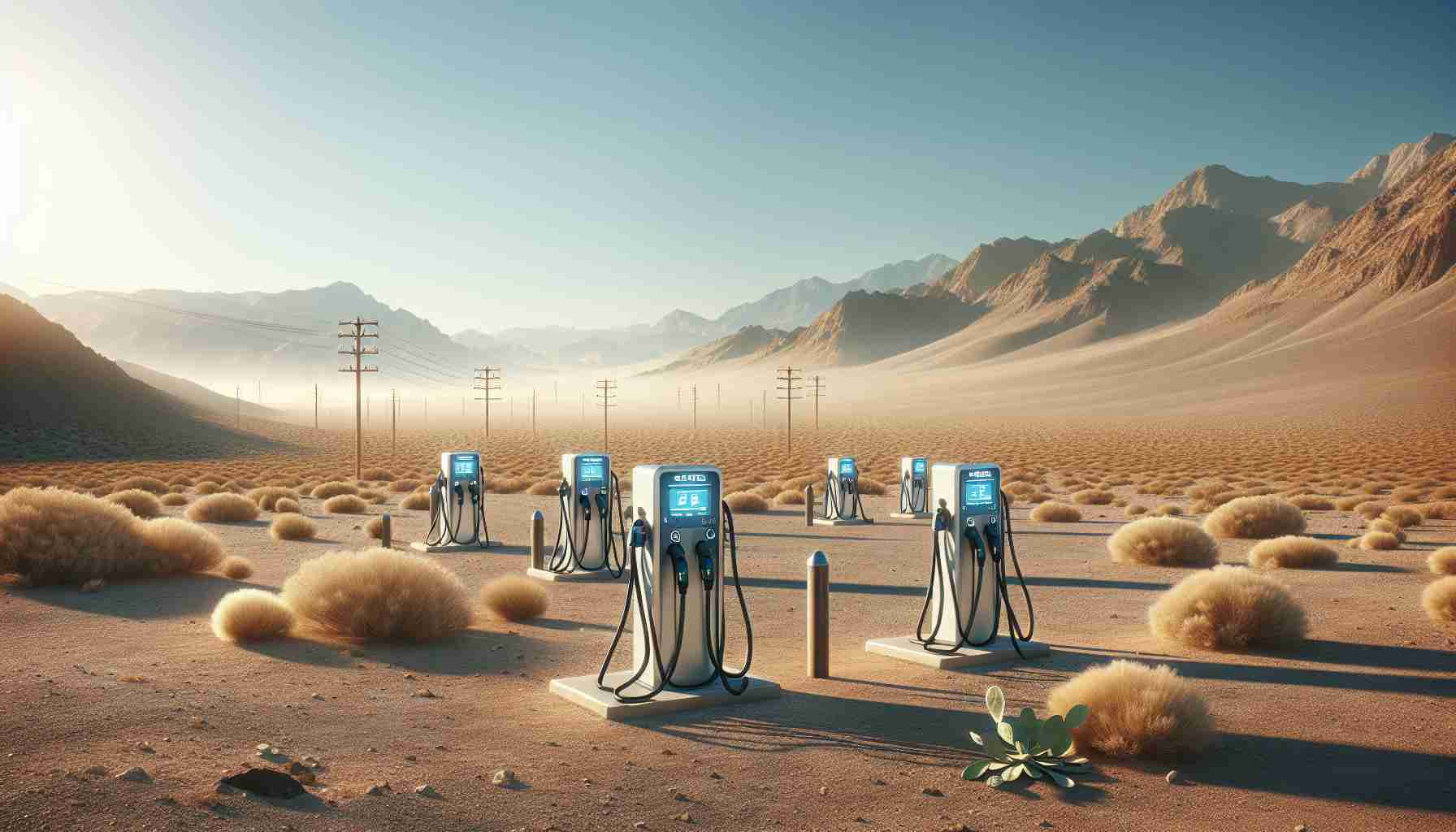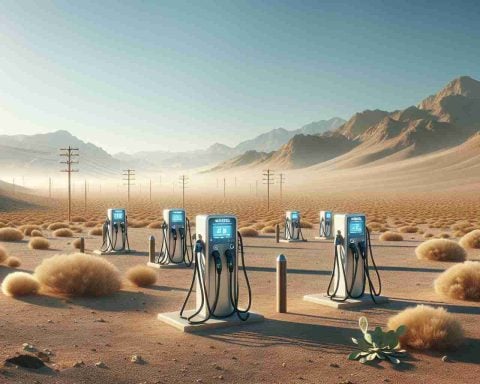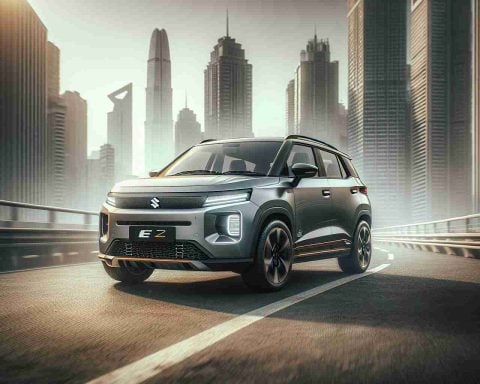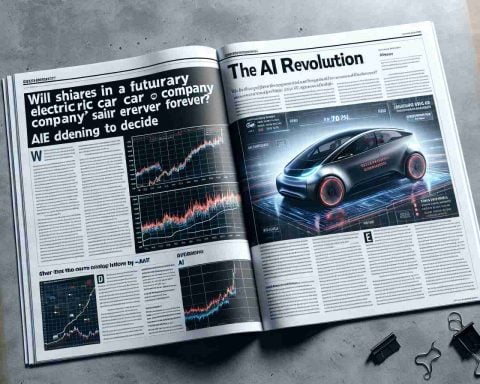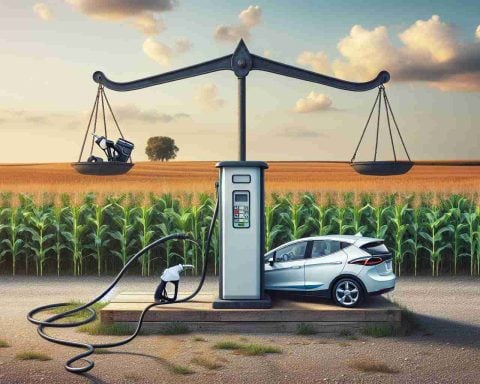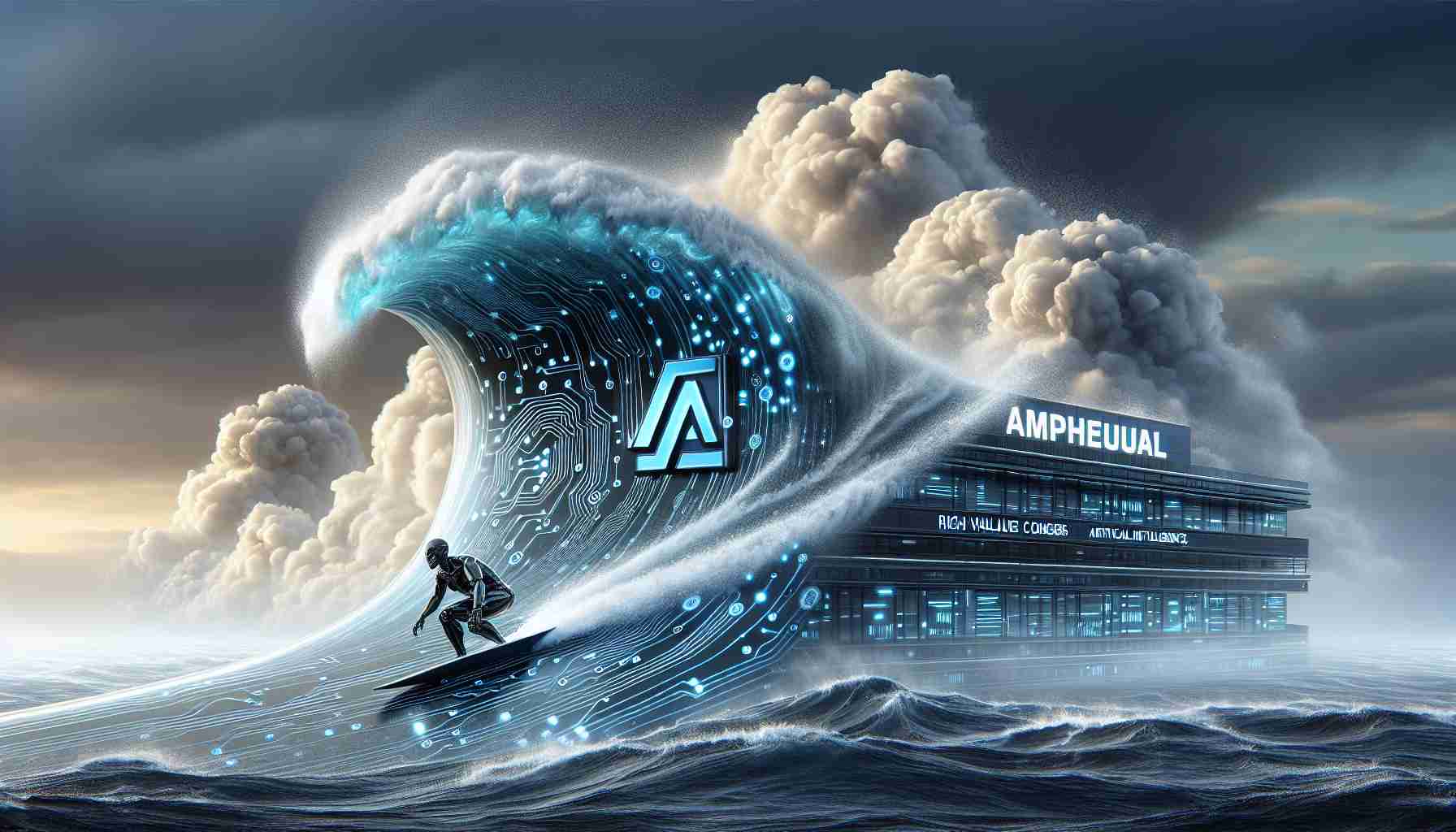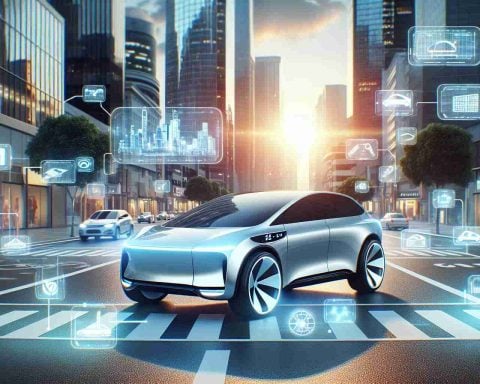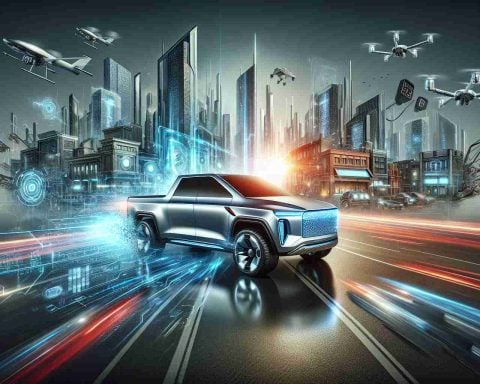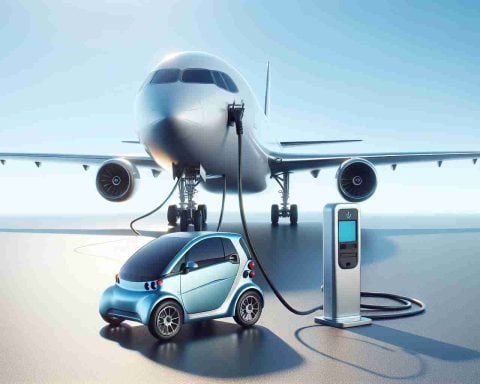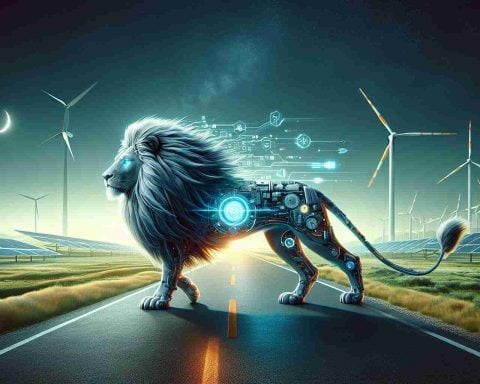- Nevada’s $38 million EV infrastructure project is on hold due to a federal program suspension by the Trump administration.
- The National Electric Vehicle Infrastructure (NEVI) Formula Program’s halt jeopardizes Nevada’s plans for fast-charging corridors between Las Vegas and Ely.
- The delay impacts Nevada uniquely, as the state had not yet secured its portion of funds unlike 37 other states.
- Federal Highway Administration’s memo introduces uncertainty and new stipulations for future infrastructure plans.
- The suspension raises broader issues of executive overreach and questions about federal authority on climate initiatives.
- Nevada’s EV infrastructure ambitions are pivotal in the national conversation on climate priorities and federal powers.
High hopes for Nevada’s electric vehicle (EV) infrastructure have hit a roadblock following the Trump administration’s recent decision to halt a substantial federal program. This abrupt suspension puts Nevada’s $38 million earmarked for advanced EV charging stations on hold, leaving the state in a precarious position.
The Federal Highway Administration’s memo has called into question the progress of the National Electric Vehicle Infrastructure (NEVI) Formula Program, a key initiative promised under the Bipartisan Infrastructure Law. Nevada, unlike 37 other states that forged ahead and secured millions, had not yet awarded its funds. Planning to transform routes connecting vibrant Las Vegas to serene Ely with fast-charging corridors, Nevada now sees its roadmap vanish, echoing silence across its expansive highways.
Amidst unique challenges—particularly in rural areas with sparse energy access—officials from the Nevada Department of Transportation underscore a commitment to strategic alignment, but their plans are now rewritten by federal decree. As this directive unfurls, the state’s path forward grows murky with new federal stipulations on the horizon.
While other states hustle to meet old obligations, Nevada finds itself not only financially curtailed but grappling with a deeper political narrative. The suspension, an apparent extension of broader freezes on climate-related programs, raises questions about executive overreach and constitutional fidelity—a chorus already reverberating within Senate chambers.
Nevada’s dream of a seamless, green highway experience hangs in the balance, signifying not just an infrastructural pause but a critical juncture in the nation’s ongoing dialogue on climate priorities and federal powers. As Washington reexamines its path, the Silver State waits, gears idling, for signs of movement reinstating its electric future.
Nevada’s EV Charging Dilemma: What’s Next for the Silver State?
How-To Steps & Life Hacks
For residents or entrepreneurs in Nevada aiming to push forward EV infrastructure amid federal delays, consider these steps:
1. Local Collaborations: Forge partnerships with local utilities and businesses to identify ideal charging station locations that align with current infrastructures, such as shopping centers and parking garages.
2. State Grants and Incentives: Explore any available state-level grants and incentives that support sustainable energy initiatives to fund interim solutions.
3. DIY Home Charging Solutions: For EV owners, investing in home charging units can mitigate the inconvenience of limited public options. Basic 240-volt level 2 chargers are sufficient and can be installed by a certified electrician.
Real-World Use Cases
While federal funds are in limbo, there have been significant localized success stories:
– In certain urban areas, private companies like Tesla have rapidly expanded their Supercharger networks, providing baseline fast-charging options that don’t rely on federal aid.
– Some rural areas benefiting from state pilot projects or utility-led programs have demonstrated the viability of solar-powered charging stations, highlighting a sustainable path forward.
Market Forecasts & Industry Trends
Despite the current federal freeze, the EV charging infrastructure market is expected to grow robustly. According to Allied Market Research, the global EV charging market could reach $140 billion by 2030.
– Expert Insights: Industry analysts suggest that states can expect a renewal of funding efforts as bipartisan support for electric vehicles continues to grow, driven by environmental pressures and consumer demand.
Reviews & Comparisons
When comparing current EV solutions:
– Tesla Supercharger vs. Generic Fast Chargers: Tesla Supercharger stations typically offer faster charging speeds, but proprietary connectors limit universality. Generic stations like ChargePoint feature broader compatibility, but may offer slower charge rates.
Controversies & Limitations
There are concerns around the federal administration’s freeze on climate initiatives, raising issues about executive overreach and prioritization of green technology amid fossil fuel lobbying.
– Political Implications: The halt could create partisan divides, impacting both federal and state-level climate policies and delaying crucial infrastructure developments.
Features, Specs & Pricing
For consumers considering home charging:
– Features: Level 2 chargers offer the best balance for home use, typically providing 20–40 miles of range per hour of charge.
– Pricing: Prices for Level 2 chargers range from $400 to $1200, excluding installation costs.
Security & Sustainability
Advocating for renewable energy-based charging can position Nevada as a leader in sustainable practices:
– Solar-powered chargers not only alleviate grid demand but also present Nevada’s vast solar potential as a viable energy source.
Insights & Predictions
– Short-term: Expect a patchwork charging network reliant on private investment and innovative local strategies. State-level political and business leaders will be key zippers of support as federal policies play out.
– Long-term: Anticipate a federal revamp of funding once political hurdles shift, potentially within the next governance cycle.
Tutorials & Compatibility
For EV owners looking to navigate limited infrastructure:
– Compatibility Tip: Carry an adapter to bridge differences between Tesla and standard EV connectors. Apps like PlugShare provide real-time location and status updates of charging stations.
Pros & Cons Overview
Pros:
– Elevated market interest driving private-sector advancements.
– Potential for innovation with alternative energy sources.
Cons:
– Political uncertainty delaying standardized infrastructure rollout.
– High upfront costs for private charging solutions.
Actionable Recommendations
– Immediate Steps for Residents: Invest in home charging solutions and leverage solar power where possible to reduce out-of-pocket costs and increase sustainability.
– For Policymakers and Businesses: Advocate for state-level solutions and seek public-private partnerships to bridge funding gaps.
By leveraging available resources and strategic partnerships, Nevada can continue advancing its electric vehicle infrastructure, even as federal assistance gets reevaluated.
For more updates on sustainable energy solutions, visit the Department of Energy.
